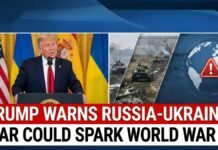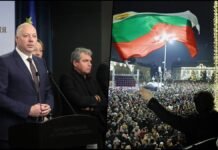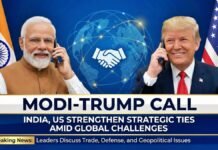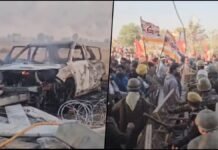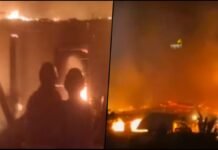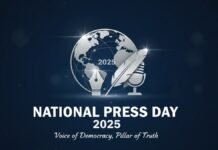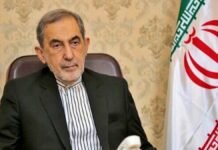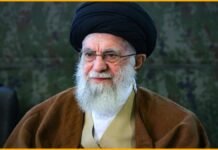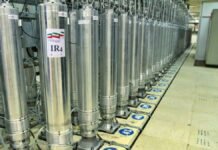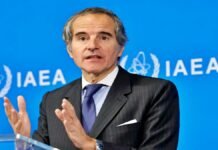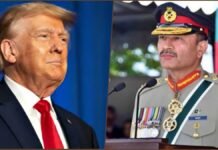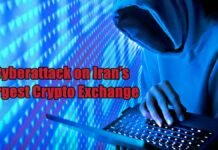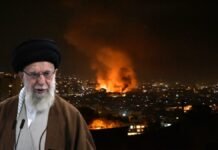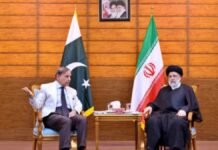
Tehran: The tragic demise of Iranian President Ibrahim Raisi in a helicopter crash has plunged Iran into a period of political uncertainty. As the nation mourns, the focus shifts to the pivotal question of succession. The late President Raisi was not only the nation’s executive head but also a prominent figure poised to potentially succeed the current Supreme Leader, Ayatollah Ali Khamenei.
The role of the President in Iran is significant, wielding considerable influence over the country’s policy and economy. Elected every four years, the President heads the executive branch, shaping the governance of Iran. However, the President operates under the overarching authority of the Supreme Leader, who holds the ultimate power in deciding the country’s fate.
The Supreme Leader, known as Velayat-e Faqih, is the apex ruler in Iran’s unique political hierarchy, commanding all major state decisions. This role, established after the Islamic Revolution of 1979, is reserved for a high-ranking Shia cleric, typically at the level of Ayatollah, although this requirement has been a subject of debate, particularly in the case of Khamenei’s own ascension.
In the wake of President Raisi’s untimely death, Article 131 of the Iranian Constitution comes into play, stipulating that the Vice President shall assume the role of acting President, pending the Supreme Leader’s approval. This provision is now a litmus test for Ayatollah Khamenei’s leadership, as he navigates the complex process of appointing an interim President amidst a pool of ambitious contenders. The chosen leader will not only fill the presidential void but also be seen as a potential candidate for the supreme leadership itself.
Amidst concerns about governmental stability, Ayatollah Khamenei has sought to reassure the public. Prior to the official confirmation of Raisi’s passing, Khamenei addressed the nation, emphasizing the continuity of governance and dismissing any notion of disruption. This statement underscores the delicate balance of power and the intricate process of political transition in Iran, a nation at the heart of Middle Eastern geopolitics.
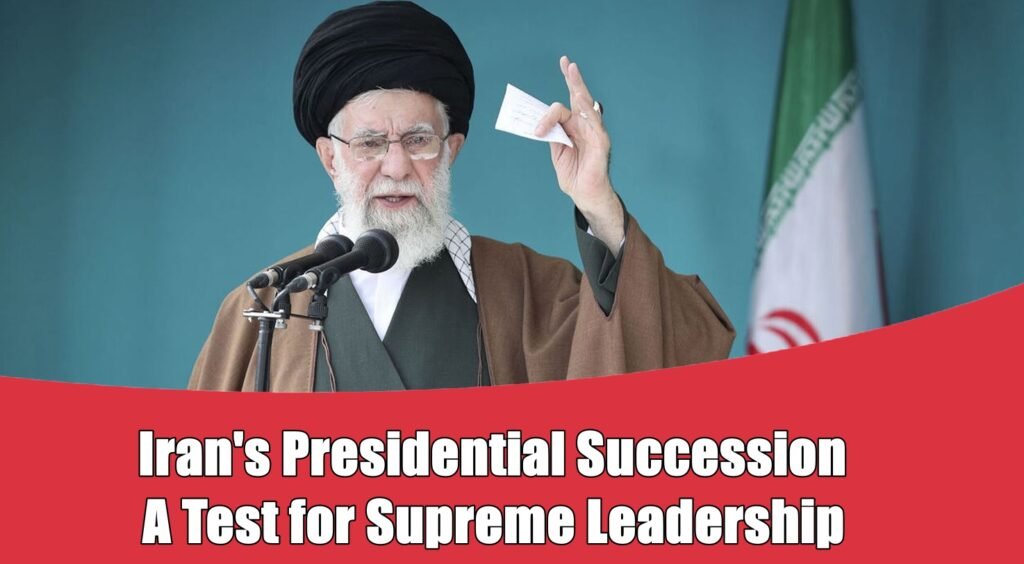
As Iran stands at this critical juncture, the world watches closely, aware that the outcome will have far-reaching implications for the region’s future.





